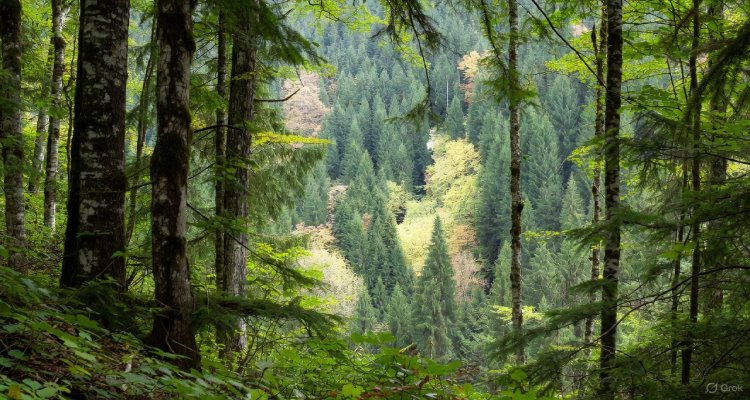Newly Discovered Tyrannosaur Species in North America Challenges T. rex Legacy
Paleontologists have identified a previously unknown tyrannosaur species in North America, closely related to the Tyrannosaurus rex (T. rex) and potentially larger than the famed dinosaur king. Discovered within the Hall Lake Formation in New Mexico in 1983, the newfound sister species, named Tyrannosaurus mcraeensis, was initially misclassified as a T. rex skull and has been on display at the New Mexico Museum of Natural History and Science (NMMNHS) for decades. A recent study, published in the journal Scientific Reports on January 11, disclosed that T. mcraeensis lived between 73 million and 71 million years ago during the Cretaceous period, making it 3 million to 5 million years older than T. rex.
The distinctive age difference prompted a reassessment, revealing significant morphological disparities setting T. mcraeensis apart from T. rex. Notably, the lower jaw of T. mcraeensis is more slender and curved, lacking the prominent bosses or hornlets over the eyes seen in T. rex. Additionally, T. mcraeensis possesses fewer teeth, aligning with T. rex’s dental characteristics.
While the size of the T. mcraeensis skull suggests a similar scale to an average adult T. rex, reaching around 39 feet (12 meters) in length, the possibility that other individuals of the species were even larger is not ruled out. Study co-author Nick Longrich from the University of Bath emphasized the likelihood that T. mcraeensis served as the apex predator of its time, akin to T. rex.
The study challenges the previously held notion that T. rex’s closest relatives were found in China and Mongolia, proposing that Laramidia, the ancient landmass comprising the western coast of North America, may be the origin of the tyrannosaur lineage. Although uncertainty remains, the findings suggest that tyrannosaurs may have initially emerged in North America and later spread to Asia.
The discoveries in New Mexico underscore the region’s significance in uncovering new dinosaur species, contributing to a growing body of evidence that positions it among the premier locations for such paleontological exploration.











